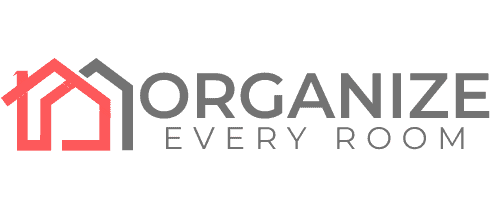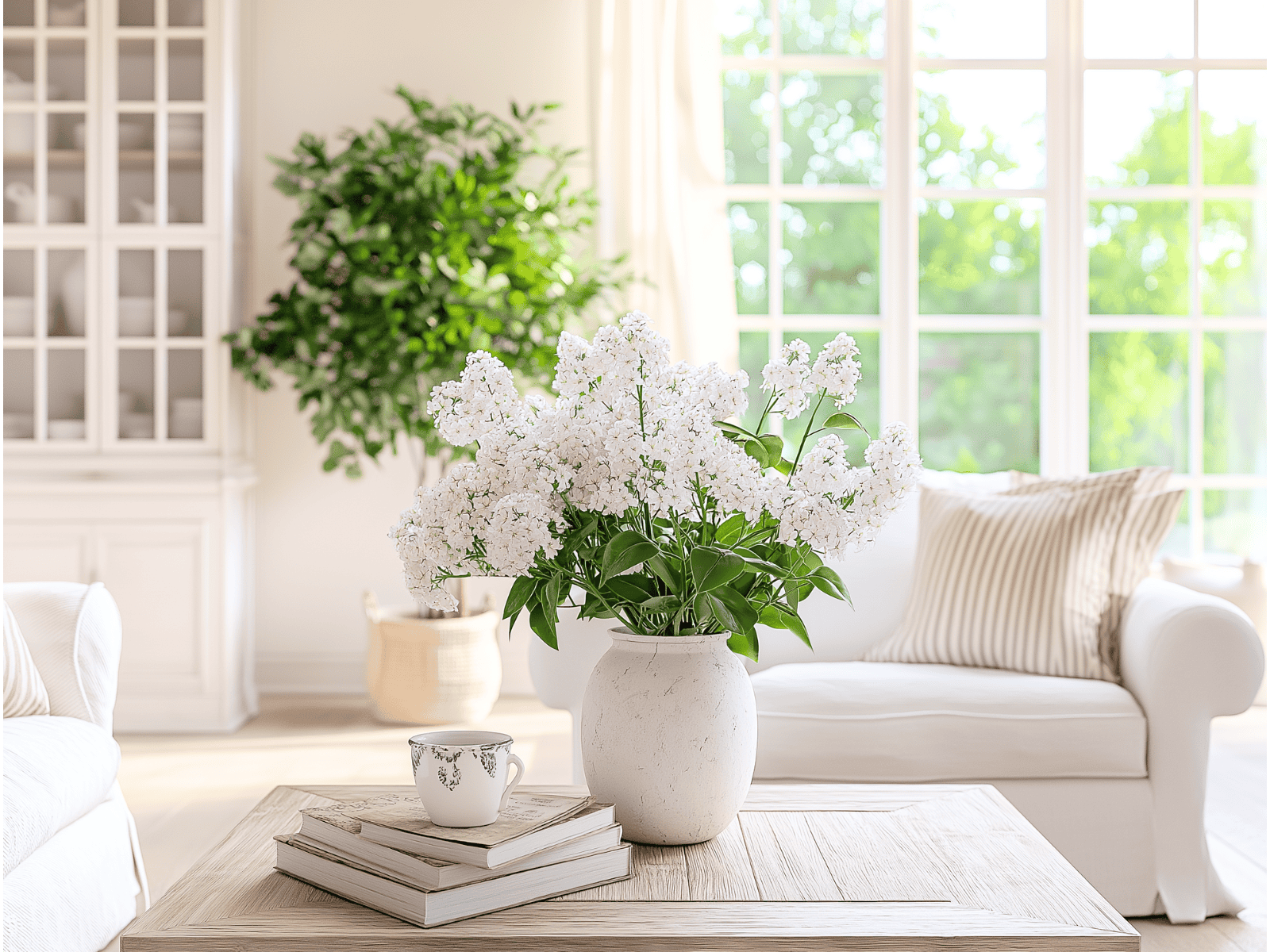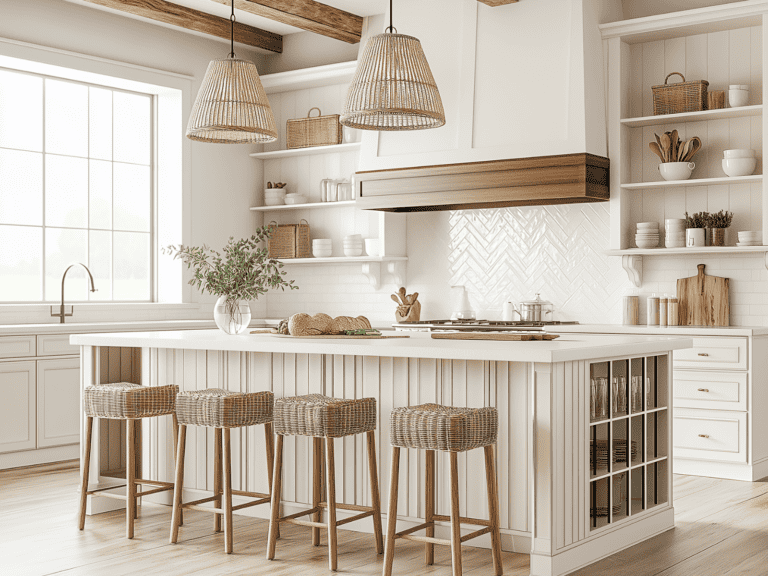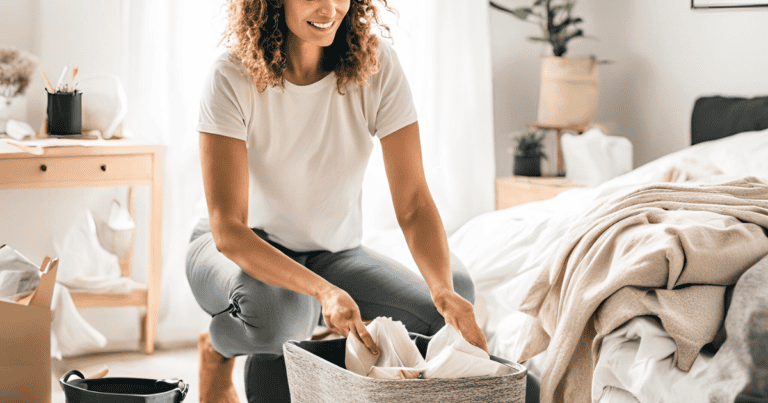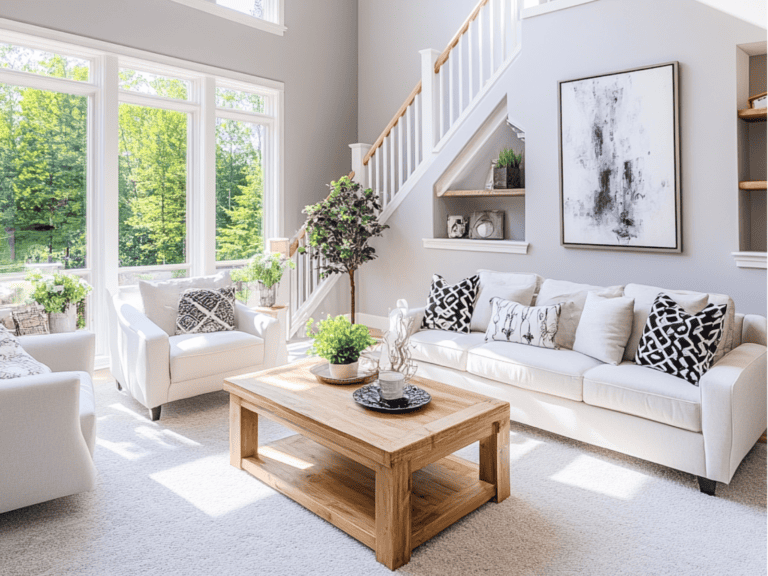Breaking Free: Essential Decluttering Tips For Hoarders
Years ago, my husband invited me to visit his friend’s house shortly after I was married. As we stepped inside, I was taken aback. Every surface was covered with stuff, and there was barely room to sit. The wife quickly apologized, saying she hadn’t been feeling well and hadn’t had time to clean.
We visited several times over the next few years. The clutter never changed. This was before hoarding became a topic on TV shows. I’d never seen anything like it. I knew she was a kind person struggling with clutter, but I didn’t understand how to help.
Now, I recognize this as a hoarding disorder. It’s a complex mental health condition affecting millions worldwide. People with this disorder struggle to discard possessions and feel extreme anxiety when trying to do so.
I wish I had known then what I know now about decluttering and organizing. I could have offered support. Today, I’ve helped many people tackle their clutter issues. I’ve seen firsthand how crucial decluttering is for mental and physical well-being.
A cluttered environment breeds stress and safety hazards. Clearing out excess dramatically improves quality of life. It creates a safer space, reduces anxiety, and even enhances relationships.
This article aims to provide practical, compassionate guidance for those struggling with hoarding tendencies. I understand it can be overwhelming. My goal is to offer manageable steps and supportive strategies to start your journey toward a more organized, peaceful home.
Remember, change is possible. With the right approach and support, you can break free from the cycle of hoarding. Let’s begin this journey together, one step at a time.
Understanding Hoarding

What is hoarding disorder?
Hoarding disorder is more than just having a lot of stuff. It’s a mental health condition where people have persistent difficulty parting with possessions. They feel a strong need to save items, regardless of their actual value.
Symptoms of hoarding disorder include:
- Excessive acquisition of items
- Inability to discard possessions
- Cluttered living spaces that can’t be used for their intended purpose
- Significant distress at the thought of getting rid of items
Hoarding is different from collecting. Collectors typically organize and display their items with pride, while hoarders often feel embarrassed by their possessions and live in chaos.
Common causes of hoarding
Hoarding often stems from deep-seated emotional issues:
1. Emotional attachments to objects: Hoarders may see items as extensions of themselves or reminders of important memories.
2. Fear of waste or loss: People often believe that items might be needed someday or that discarding them is wasteful.
3. Perfectionism and decision-making difficulties: The fear of making the wrong decision can lead to keeping everything “just in case.”
Other factors can include trauma, depression, anxiety, or growing up in a hoarding environment.
Impact of hoarding on daily life
Hoarding can severely affect various aspects of life:
Health and safety concerns:
- Increased risk of falls due to cluttered pathways
- Fire hazards from blocked exits and flammable materials
- Poor air quality from dust and mold
- Risk of illness from unsanitary conditions
Social and relationship issues:
- Shame and isolation, avoiding inviting people over
- Conflicts with family members over the clutter
- Potential eviction or child protective services involvement
Financial implications:
- Excessive spending on new acquisitions
- Storage unit costs for overflow items
- Decreased property value
- Potential job loss if hoarding impacts work performance
Understanding these aspects of hoarding is crucial. It helps us approach the issue with empathy and develop effective strategies for change. Remember, hoarding is a complex issue, but improvement is possible with the right support and techniques.
Preparing for the Decluttering Journey

Setting realistic expectations
Decluttering a hoarded space isn’t a quick fix. It’s a journey that takes time and effort. Be kind to yourself as you start this process.
Acknowledge that change takes time:
- Hoarding behaviors often develop over years
- Expect the decluttering process to take months, not days
- Progress may be slow, but every small step counts
Practice patience and self-compassion:
- Celebrate small victories along the way
- Don’t compare your progress to others
- Remember that setbacks are normal and don’t erase your progress
Building a support system
You don’t have to do this alone. Support can make a huge difference.
Involving family and friends:
- Be honest about your struggles and goals
- Ask for specific types of help (emotional support, physical assistance)
- Set boundaries to ensure you feel comfortable and in control
Considering professional help:
- Therapists can address underlying emotional issues
- Professional organizers offer practical decluttering strategies
- Support groups provide understanding and encouragement
Creating a decluttering plan
A solid plan sets you up for success. It breaks the overwhelming task into doable parts.
Setting achievable goals:
- Start with small, specific goals (e.g., clear one shelf)
- Make your goals measurable and time-bound
- Be flexible and adjust goals as needed
Breaking the process into manageable steps:
- Focus on one room or category at a time
- Schedule short, regular decluttering sessions (15-30 minutes daily)
- Use a checklist to track progress and stay motivated
Remember, preparing for decluttering is as important as the act itself. Take time to set expectations, build your support network, and create a plan. This foundation will help you stay committed and make lasting changes. You’re not just organizing stuff; you’re creating a new, freer way of living.
5 Essential Decluttering Tips for Hoarders
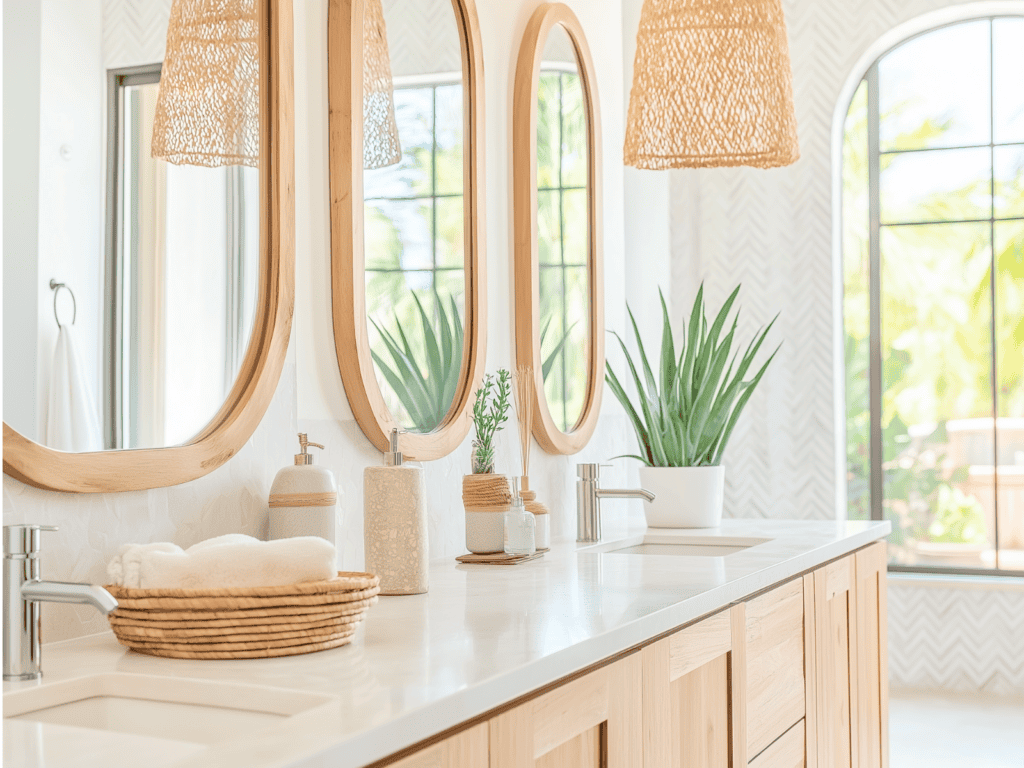
1. Start small and build momentum
Tackling a whole house can feel overwhelming. Start with a small, manageable area instead.
Choosing an easy area to begin:
- Pick a less emotional space, like a bathroom or laundry room
- Focus on a single drawer or shelf
- Clear a small corner to create a “clutter-free zone”
The “15-minute rule” for decluttering sessions:
- Set a timer for just 15 minutes
- Work on decluttering until the timer goes off
- Stop when the time is up, even if you feel like continuing
- Gradually increase session length as you build stamina
2. Use the “Four-Box Method”
This method provides a clear system for sorting items.
Label four boxes:
- Keep: Items you use regularly or truly love
- Donate: Items in good condition that others could use
- Trash: Broken, expired, or unusable items
- Undecided: Items you’re not sure about (revisit these later)
Guidelines for making decisions:
- Ask yourself: “Have I used this in the past year?”
- Consider: “If I saw this in a store today, would I buy it?”
- Reflect: “Does keeping this align with my goals for my space?”
3. Address emotional attachments
Emotional connections to objects often drive hoarding. Here’s how to tackle this:
Techniques for letting go:
- Take photos of sentimental items before donating
- Keep a small part of a larger item (e.g., a swatch of fabric from an old dress)
- Create a memory book with photos and stories about special items
Reframing thoughts about possessions:
- Remember that memories live in you, not in objects
- Consider how items could benefit others if donated
- Focus on the freedom and peace a clearer space will bring
4. Implement organizational systems
Once you’ve decluttered, organize what’s left:
Categorizing items:
- Group similar items together
- Use broad categories at first, then refine as needed
- Label categories clearly
Using clear storage solutions:
- Choose transparent containers to easily see the contents
- Use adjustable shelving to maximize vertical space
- Implement a color-coding system for visual organization
5. Practice the “one in, one out” rule
This rule helps maintain your progress and prevent future clutter.
Maintaining decluttered spaces:
- For every new item you bring in, remove one similar item
- Apply this rule to all categories: clothes, books, kitchen items, etc.
Preventing future accumulation:
- Before buying, ask yourself if you truly need the item
- Wait 24 hours before making non-essential purchases
- Consider borrowing or renting items for occasional use
Remember, these tips are tools to help you on your journey. Use what works for you and adapt as needed. Decluttering is a skill that improves with practice. Be patient with yourself and celebrate every bit of progress.
Overcoming Common Challenges
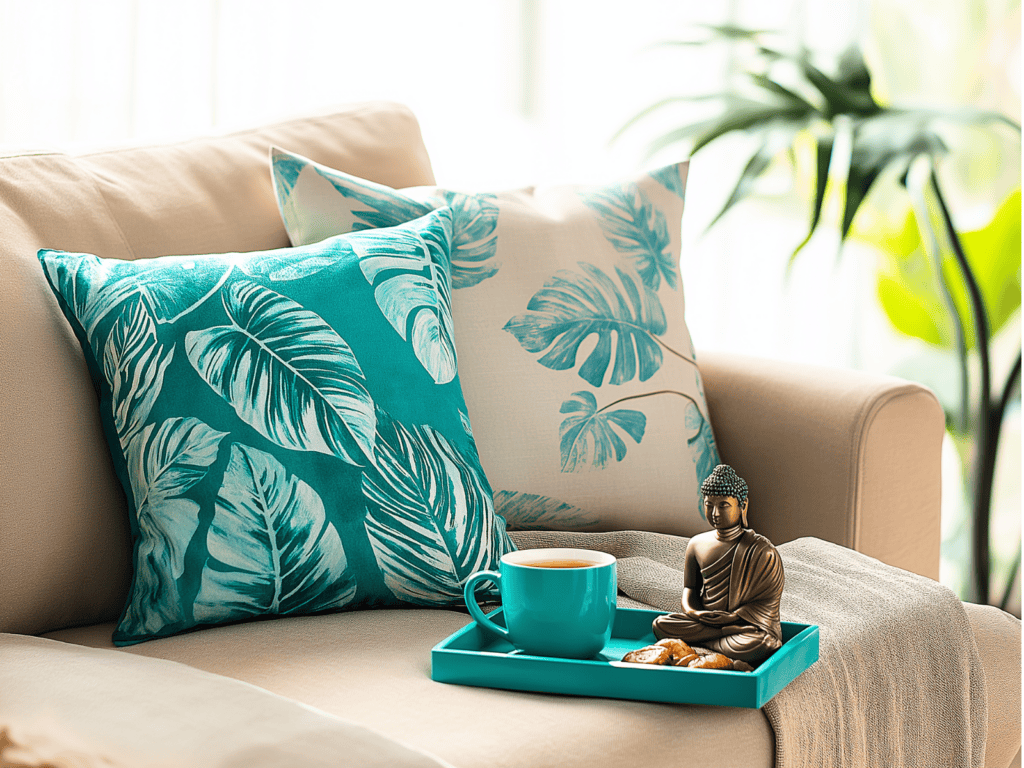
Dealing with decision fatigue
Making countless decisions about your possessions can be exhausting. Here’s how to manage:
Taking breaks:
- Schedule regular rest periods during decluttering sessions
- Step outside for fresh air when feeling overwhelmed
- Hydrate and have healthy snacks to maintain energy
Using decision-making frameworks:
- Create a personal “decision tree” with yes/no questions
- Use the “10/10/10 rule”: Will this matter in 10 days? 10 months? 10 years?
- Limit options: decide on keeping only a certain number of items per category
Managing anxiety and stress
Decluttering can trigger intense emotions. Try these techniques to stay calm:
Relaxation techniques:
- Practice deep breathing exercises before and during sessions
- Use progressive muscle relaxation to release physical tension
- Try visualization: imagine your ideal, clutter-free space
Celebrating small victories:
- Keep a “victory journal” to record daily accomplishments
- Take “before and after” photos to visualize progress
- Reward yourself after completing decluttering milestones
Handling setbacks
Setbacks are normal. Here’s how to bounce back:
Learning from relapses:
- Analyze what triggered the setback without judgment
- Identify patterns: Are certain items or areas more challenging?
- Use setbacks as learning opportunities to refine your approach
Adjusting strategies as needed:
- Be flexible: if one method isn’t working, try another
- Reassess your goals: are they realistic and achievable?
- Consider seeking additional support or professional help
Remember, overcoming hoarding tendencies is a process. It’s okay to struggle. What matters is that you keep trying. Each challenge you face makes you stronger and better equipped for the next one.
Don’t hesitate to reach out to your support system when things get tough. Sometimes, just talking about your struggles can provide new perspectives and renewed motivation. You’re making brave changes, and that’s something to be proud of, regardless of temporary setbacks.
Creating New Habits

Developing a daily decluttering routine
Consistency is key to long-term success. Here’s how to make decluttering a daily habit:
Incorporating small tasks into daily life:
- Spend 5 minutes each morning tidying your bedroom
- Clear off and wipe down kitchen counters after each meal
- Sort mail immediately, recycling junk mail on the spot
Using reminders and checklists:
- Set phone alarms for daily decluttering times
- Use a habit-tracking app to maintain consistency
- Create a weekly checklist of small decluttering tasks
Mindful acquisition
Preventing new clutter is as important as removing existing items:
Questioning purchases:
- Before buying, ask: “Do I really need this?”
- Consider: “Where will I store this item?”
- Reflect on: “Am I buying this to fill an emotional need?”
Delaying non-essential buying decisions:
- Implement a 24-hour rule for non-essential purchases
- Keep a wish list and review it weekly, removing items you no longer want
- Try a 30-day shopping fast to break impulsive buying habits
Regular maintenance
Keeping your space clutter-free requires ongoing effort:
Scheduling periodic decluttering sessions:
- Set aside time weekly for a thorough tidy-up
- Do a monthly review of problem areas (e.g., closets, garage)
- Conduct a seasonal purge of clothing and household items
Reassessing organizational systems:
- Monthly, check if current storage solutions are working
- Adjust category systems as your needs change
- Be open to trying new organizing methods
Remember, creating new habits takes time. Be patient with yourself as you work to implement these changes. It’s okay if you don’t get it perfect right away. The goal is progress, not perfection.
Celebrate the new habits you’re forming. Each small action is reshaping your relationship with your possessions and your space. You’re not just decluttering; you’re creating a new, more intentional way of living.
Maintaining a clutter-free space will become easier and more natural as these habits become second nature. Keep at it, and you’ll be amazed at the transformation in your home and your mindset.
When to Seek Professional Help

Signs that additional support is needed
While self-help strategies are valuable, sometimes professional help is necessary. Look out for these signs:
Overwhelming emotions:
- Intense anxiety or panic when trying to discard items
- Depression or hopelessness about your living situation
- Anger or extreme frustration during decluttering attempts
Safety concerns:
- Blocked exits or pathways in your home
- Pest infestations or mold growth
- Inability to use rooms for their intended purpose (e.g., can’t cook in kitchen)
Types of professional assistance
Different types of support are available, each addressing specific aspects of hoarding:
Cognitive-behavioral therapy (CBT):
- Helps identify and change thought patterns related to hoarding
- Teaches skills to resist urges to acquire and save items
- Typically involves 20-26 sessions with a trained therapist
Professional organizing services:
- Provide hands-on help with sorting and organizing
- Offer customized systems for maintaining order
- Can work alongside therapists for a comprehensive approach
Support groups:
- Connect you with others facing similar challenges
- Provide a safe space to share experiences and strategies
- Often led by mental health professionals or recovered hoarders
Remember, seeking help is a sign of strength, not weakness. Professional support can provide the tools and guidance needed to make lasting changes. Many people find that a combination of therapy, practical organizing help, and peer support yields the best results.
Don’t hesitate to reach out if you’re feeling stuck or overwhelmed. Your doctor can provide referrals to mental health professionals specializing in hoarding disorder. Organizations like the International OCD Foundation also offer resources and support group listings.
Taking the step to seek professional help can be the turning point in your decluttering journey. It’s an investment in your well-being and quality of life. You deserve a safe, comfortable living space, and with the right support, you can achieve it.
Conclusion
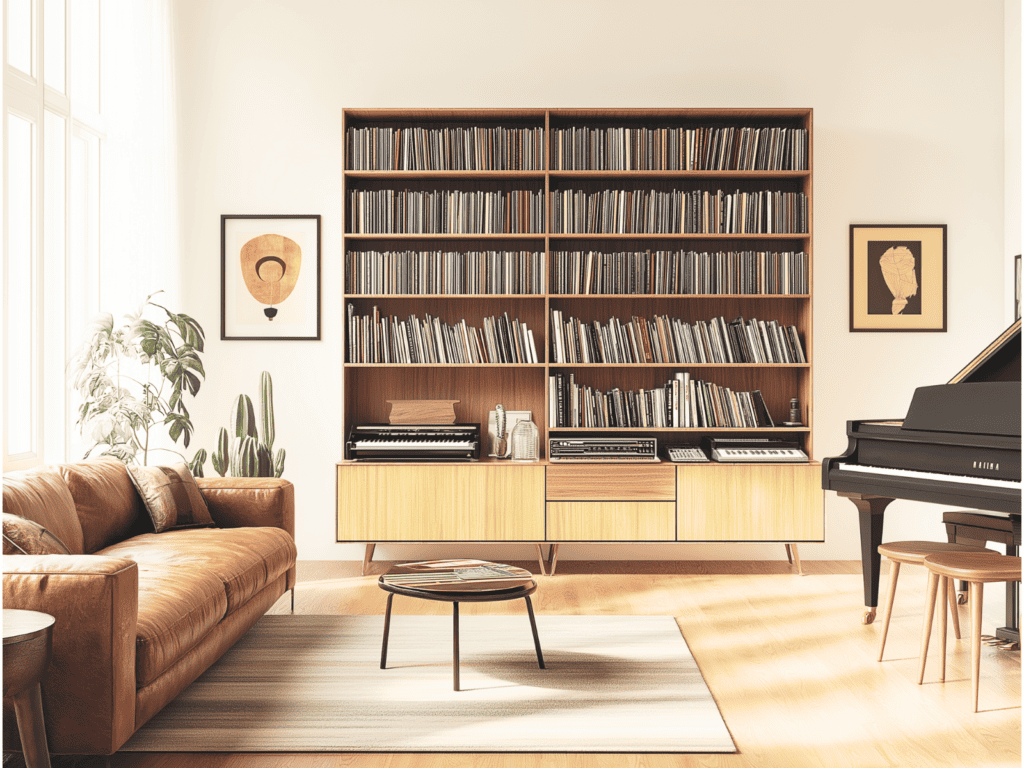
As we wrap up our discussion on decluttering tips for hoarders, let’s recap the key points:
- Start small and build momentum
- Use the Four-Box Method to sort items
- Address emotional attachments to possessions
- Implement organizational systems
- Practice the “one in, one out” rule
- Develop daily decluttering routines
- Practice mindful acquisition
- Seek professional help when needed
Remember, decluttering is a journey, not a destination. It’s okay to progress slowly. Every small step you take is a victory. You’re not just organizing your space; you’re reclaiming your life.
The path ahead may seem challenging, but you have the strength within you to succeed. Be patient with yourself. Celebrate every win, no matter how small. When you face setbacks, view them as learning opportunities, not failures.
As you continue on this journey, keep in mind the benefits that await you:
- A safer, more comfortable living environment
- Reduced stress and anxiety
- Improved relationships with family and friends
- More time and energy for activities you enjoy
- A sense of control over your surroundings and life
A clutter-free life isn’t just about having a tidy home. It’s about creating space for what truly matters to you. It’s about freedom, peace of mind, and the ability to fully engage with the world around you.
You’ve taken the first step by seeking out this information. That shows courage and a desire for change. Hold onto that motivation as you move forward. You have the power to transform your space and your life.
Remember, you’re not alone in this journey. Reach out for support when you need it, whether from loved ones or professionals. Every day is a new opportunity to make positive changes.
You can do this. Your future clutter-free self is cheering you on. Here’s to the brighter, lighter, more organized life that awaits you!
